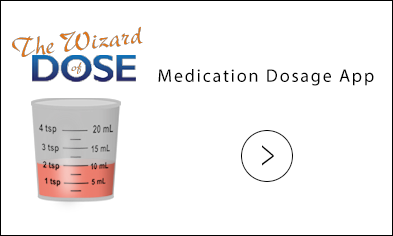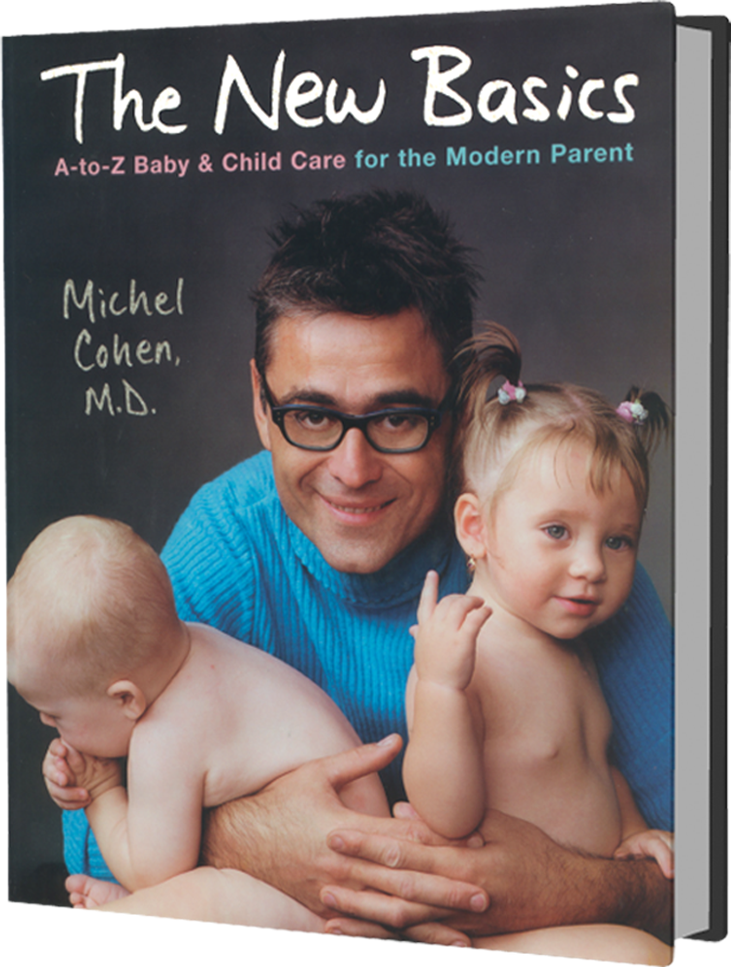
Breathing
Noisy Breathing
Virtually all parents ask me why their new baby makes so much noise while breathing. The answer is simple: The noise is in the nose. Everyone, including newborns, produces nasal secretions. You and I unconsciously clear them by coughing or swallowing. But Lucy doesn’t bother to clear her passages unless the accumulation is causing her serious breathing trouble. Also, her nasal passages are so narrow that a tiny bit of obstruction produces a tremendous amount of noise. The result is rumbling, grunting, and other monstrous sounds that seem wholly out of keeping with her delicate and cute appearance. This rumble is amplified by the silence of the night.
Nasal secretions do not indicate a cold, allergy, or discomfort. They are normal products of an infant’s respiratory system, and there’s no need to try to fix them by changing the sleeping position, using nose drops, or, worst of all, wielding a nasal aspirator [See: Nasal Aspirator]. Nor will a humidifier reduce the noise. When she feels like it, Lucy clears her passages by swallowing, sneezing, and coughing without any assistance. Expect this noisy congestion to last several months, until her nasal passages grow.
Rapid and Slow Breathing
An infant’s respiratory system is immature (like the rest of the infant). Lucy didn’t have to breathe in your belly, so when she emerges, she doesn’t have a perfect grasp of this new exercise. She exhibits all manner of respiratory idiosyncrasies, sometimes breathing rapidly for no reason, at other times pausing for what seems like an eternity. This is normal. Don’t be concerned.
Stridor (Squeaky Breathing)
In the first few months, if you hear Lucy make a squeaking noise that sounds like a dog toy, it’s usually caused by the soft tissues of her airway. In some infants these tissues are unusually soft, and they vibrate during forceful breathing such as crying. This condition, which goes by the fancy name of laryngomalacia, almost never causes breathing difficulties and usually disappears on its own by six months of age.
Wheezing
Wheezing, especially combined with cold symptoms and rapid breathing, usually indicates bronchiolitis, a viral illness that mimics the symptoms that asthma produces in older children [See: Bronchiolitis].
In Children
Nasal Congestion

A cold or allergy can produce congestion and noisy breathing. You’ll hear nasal congestion in the chest, not because that’s where it is but because the sound is transmitted and resounds in the lungs. Continuous nasal congestion in children could be a sign of adenoid enlargement [See: Adenoids].
Wheezing
Asthma impedes breathing by tightening the small pipes of the lungs in reaction to an irritant. The characteristic sound is a wheeze when Jimmy exhales. The difficulty breathing corresponds to the severity of the attack [See: Asthma].
Stridor (Squeaky Breathing)
Croup, a viral illness, creates cold symptoms that produce a specific barky cough and breathing difficulty that includes stridor, a squeaky sound upon inhalation [See: Croup].
Rapid Breathing
A child with high fever may breathe rapidly because of a reflex mechanism that attempts to lower his body temperature. Antifever medication slows the breathing. It may be challenging to distinguish the cause of the fast respiration, however, because pneumonia also causes a high fever and fast breathing. The differences are that in pneumonia, the breathing is more labored, the child looks much sicker, and lowering the temperature doesn’t fully bring the breathing rate down to normal [See: Pneumonia].




 MEDICATION DOSAGE
MEDICATION DOSAGE

